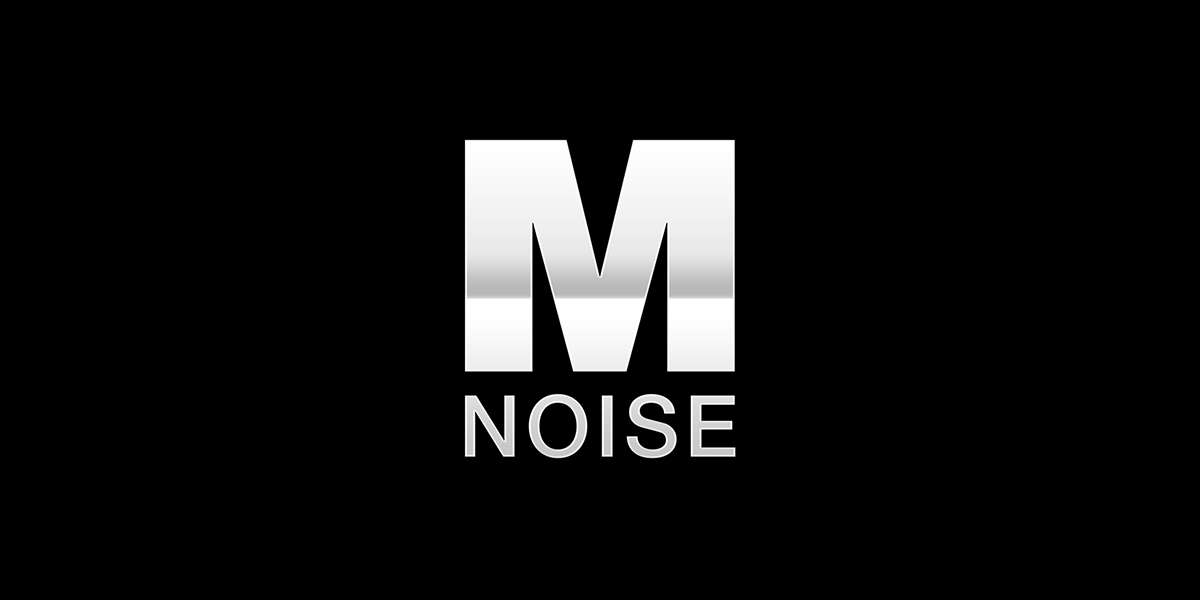Multicore
Major Contributor
- Joined
- Dec 6, 2021
- Messages
- 1,780
- Likes
- 1,952
Some active speakers use processing to limit signals sent to drivers, and presumably such processing is engineered taking things like driver and amp characteristics into account (perhaps also subjective and/or psycho-acoustic knowledge).
If a design uses something like multi-band limiting (e.g. a band for each driver) with a slow enough attack and decay then it might not look non-linear in some distortion tests.
But it might be interesting to see it's behavior in a graph. For example, a graph with input signal level on X and SPL on Y might reveal onset of limiting/compression, useful information about the performance capacity of the product.
In Amir's standard reports so far we see distortion as a function of frequency at two or three different SPLs. These are among the most interesting graphs for me after the frequency response as they suggest how much acoustic energy the speakers can emit. But I wonder if some kinds of processing might hide compression so it doesn't look like distortion as I think Amir sometimes notes in the text.
Would such graphs interest you? Could Klippel hardware with suitable software do it as a standard test protocol?
If a design uses something like multi-band limiting (e.g. a band for each driver) with a slow enough attack and decay then it might not look non-linear in some distortion tests.
But it might be interesting to see it's behavior in a graph. For example, a graph with input signal level on X and SPL on Y might reveal onset of limiting/compression, useful information about the performance capacity of the product.
In Amir's standard reports so far we see distortion as a function of frequency at two or three different SPLs. These are among the most interesting graphs for me after the frequency response as they suggest how much acoustic energy the speakers can emit. But I wonder if some kinds of processing might hide compression so it doesn't look like distortion as I think Amir sometimes notes in the text.
Would such graphs interest you? Could Klippel hardware with suitable software do it as a standard test protocol?

